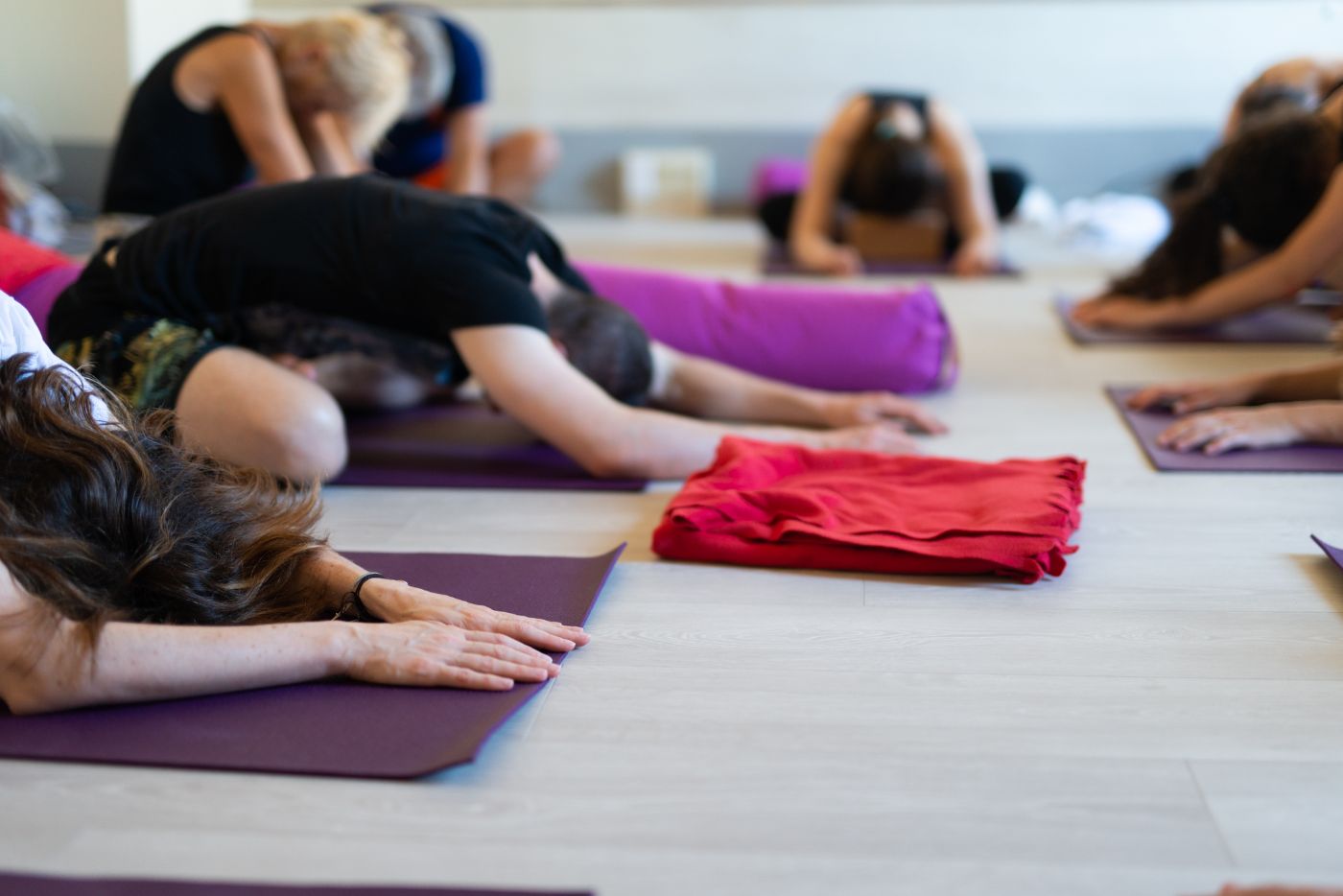
Title: Mindfulness on the Mat: Why Your Yoga Practice Requires Your Mind as Much as Your Body
In a time when self-care is frequently characterized by physical health—workout routines, nutritional adjustments, and body transformations—it’s simple to neglect the mental and emotional aspects that are just as critical. Yoga often serves as a popular choice for individuals seeking to stretch and strengthen their bodies, yet a comprehensive yoga practice thoroughly engages the mind as well. If you’ve dedicated yourself to being present on the mat for your body, it may be the right moment to invite your mind to join the experience too.
Many yoga practitioners start with a focus on the physical postures (asanas)—enhancing alignment, boosting flexibility, and building strength. Nevertheless, seasoned yogis frequently realize that the genuine richness of yoga stems from its potential to foster mindfulness, presence, and inner tranquility. When you perceive yoga as a connection of body, breath, and mind, the transformative possibilities amplify significantly.
🧘♀️ Reclaiming Presence in the Practice
One of the most commonly overlooked facets of yoga is mental presence. In our rapid, overloaded lives, the mind can be pulled in countless directions. While maintaining Warrior II or flowing through sun salutations, your thoughts might still be tangled in a work conference or upcoming tasks. As Alan Watts suggested, “Hurrying and delaying are alike ways of trying to resist the present.” The challenge, therefore, is utilizing your yoga practice to stop resisting and begin arriving.
Achieving full presence on the mat doesn’t happen instantly. It’s a learning process in its own right. However, persistent efforts toward mindfulness—such as attending classes regularly, setting intentions, or engaging in a brief meditation before practice—can make a substantial difference. Returning to your breath, genuinely experiencing the postures, and connecting with your inner self allows the mind to settle and harmonize with the body.
🫁 Breath: The Gateway to the Present Moment
“One conscious breath in and out is a meditation,” remarked Eckhart Tolle. It appears that breathwork (pranayama) serves more than just the purpose of oxygenating the body—it’s also among the swiftest paths to mindfulness.
In yoga, aligning breath with movement not only enhances your physical practice but also focuses your attention. If you’ve ever exerted yourself to perfect a pose only to realize you were holding your breath, you’ve experienced how stress can overshadow serenity. Learning to coordinate steady, conscious inhalations and exhalations changes physical effort into a moving meditation. With experience, the breath evolves into a guide, an anchor, and a rhythm that brings you back to the present.
For newcomers, consider counting your breaths: four counts in, four counts out. In moments of stillness, like during seated meditation or Savasana, lengthening your exhales activates the parasympathetic nervous system, reducing your heart rate and calming your system. A 2018 study published by the NIH indicated that slow exhalation is an effective method to stimulate the vagus nerve—directly promoting relaxation.
🌈 Visualization: A Tool for Inner Stillness
When your mind races with too many thoughts to manage, visualization can serve as an effective solution. Instead of trying to force your thoughts to cease—a nearly impossible endeavor—redirect them. Envision your breath as light or color flowing through your body. Imagine yourself traversing a forest, drifting over water, or radiating energy during a pose.
This method can be particularly impactful during Savasana or while transitioning between poses. It enables a creative detachment from stress and enhances your sensory experience of the present moment. The more detailed the imagery, the stronger the grounding effect.
🌬️ When the Mind Wanders, Gently Return
Meditation and mindfulness are not about achieving perfection. They are practices of returning. Your mind will wander—that’s not a failure; it’s an opportunity. When you notice your thoughts straying to your emails or a troubling conversation, gently acknowledge it and then refocus on your breath or your posture.
This process of noticing and returning strengthens the muscle of awareness. It helps you cultivate compassion and patience toward yourself, lessons as crucial as achieving balance in Tree Pose or simply touching your toes.
🌟 Identifying Mental Distractions and Triggers
At times, the elements that divert us from presence are not random but based in personal connections. For instance, being distracted by noise outside a studio, or finding yourself in a disorganized space, can trigger irritation. Rather than condemning these distractions as “bad,” consider investigating what exactly about them disturbs you. Do they highlight your desire for control? Feel like interruptions in a scarce moment of leisure? Recognizing the “why” behind your thoughts often leads to profound self-awareness.
🌺 Concluding Thoughts: Yoga as a Mind-Body Journey
Your yoga mat can transform into more than just a platform for physical motion. It can evolve into a sanctuary for self-reflection, emotional regulation, and mental clarity. Incorporating the mind into